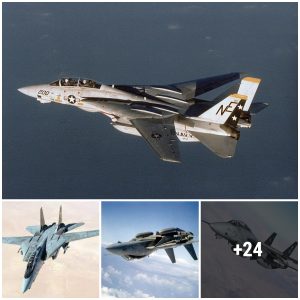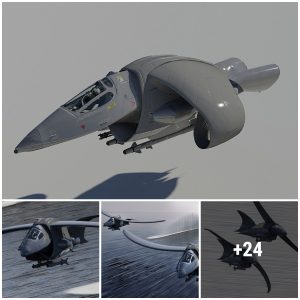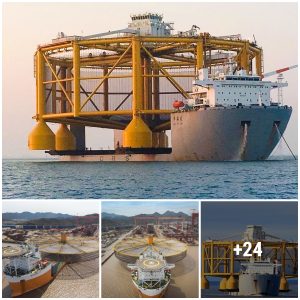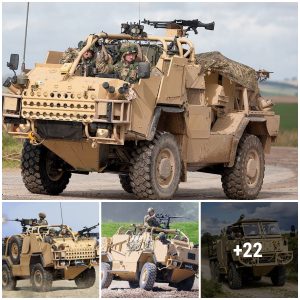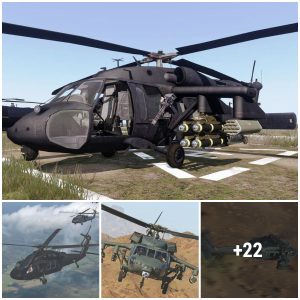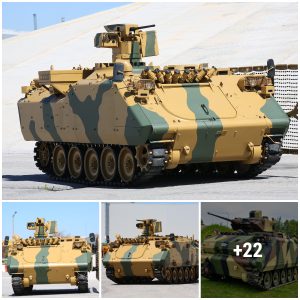In Greek mythology, Poseidon was the brother of Zeus, the sky god and chief deity of ancient Greece, and of Hades, the god of the underworld. When the three brothers deposed their father, the kingdom of the sea fell to Poseidon. Thus, he was the ruler of the sea and the sky, and therefore it is fitting that the Boeing P-8 aircraft is named in his honor.
P-8 Poseidon: The Basics
The multi-mission maritime patrol aircraft was designed for anti-submarine and anti-surface warfare (ASW), anti-surface warfare (ASuW) and shipping interdiction roles, as well as intelligence, surveillance, and reconnaissance missions (ISR) and search and rescue missions. It is modified from the narrow-body 737-900ERX that is in service with commercial airlines around the world.

The P-8 can conduct low-altitude missions and has executed more than 400,000 mishap-free flight hours around the globe. It is able to operate over the open ocean as well as in littoral waters with a relatively small crew of a pilot, co-pilot, two naval flight officers plus three enlisted Aviation Warfare Operators/naval aircrewmen. The five operator stations are mounted in a sideways row, along the port side of the cabin. None have windows, but there is a single observer window located on each side of the forward cabin.

The aircraft is equipped with state-of-the-art technology, developed specifically for the Poseidon – and this includes synthetic aperture radar, an electro and optical infrared sensor turret, and increased acoustic capability that allows the aircraft to conduct concurrent passive and active processing.
There are currently more than 140 P-8s in operation in two variants, including the P-8A, which are operated by the United States Navy, the Royal Australian Air Force, and the United Kingdom’s Royal Air Force; while the Royal Norwegian Air Force, the Royal New Zealand Air Force, the Republic of Korea Navy, and the German Navy have also recently adopted the platform. The Indian Navy operates the modified P-8I, which features two major components not fitted on the P-8A: A Telephonics APS-143 OceanEye aft radar and a magnetic anomaly detector (MAD).

The P-8’s two versions share eighty-six percent commonality with the commercial 737NG, and that reportedly provides enormous supply chain economies of scale in production and support throughout the world. The P-8 was also engineered for twenty-five years or 25,000 hours of service in the harshest maritime flight regimes, including extended operations in icing environments.
P-8 Upgrades Coming Soon?
:quality(70)/cloudfront-us-east-1.images.arcpublishing.com/archetype/QSCDWEZMEBEPXN7C7BOWV3JEXQ.jpg)
In November 2021, the U.S. Navy announced that it had granted Boeing a contract to begin work on integrating the service’s premier anti-ship missile onto the P-8A Poseidon. According to a report from Breaking Defense, the P-8A will be the third plane to receive the Long Range Anti-Ship Missile, a weapon developed and manufactured by Lockheed Martin in response to an urgent operational need from US Pacific Fleet. The previous aircraft to receive the upgrade were combat-focused planes: the Navy’s F/A-18 Super Hornet and the Air Force’s B-1 bomber.

This is much like the Greek God Poseidon receiving an even bigger trident.
Key P-8 Poseidon Specs:Powerplant: Two 56-7B engines with 27,300 lbs. thrust each.Length: 129.5 feet (39.47 meters)Height: 42.1 feet (12.83 meters)Wingspan: 123.6 feet (37.64 meters)Maximum Gross Takeoff: 189,200 pounds (85,820 kilograms)Airspeed: 490 knots (564 mph) true air speedCeiling: 41,000 feet (12,496 meters)Range: 1,200 nautical miles radius with four hours on stationCrew: Six to NineArmament: Torpedoes, cruise missiles
Now a Senior Editor for 1945, Peter Suciu is a Michigan-based writer who has contributed to more than four dozen magazines, newspapers and websites. He regularly writes about military hardware, and is the author of several books on military headgear including A Gallery of Military Headdress, which is available on Amazon.com. Peter is also a Contributing Writer for Forbes.
